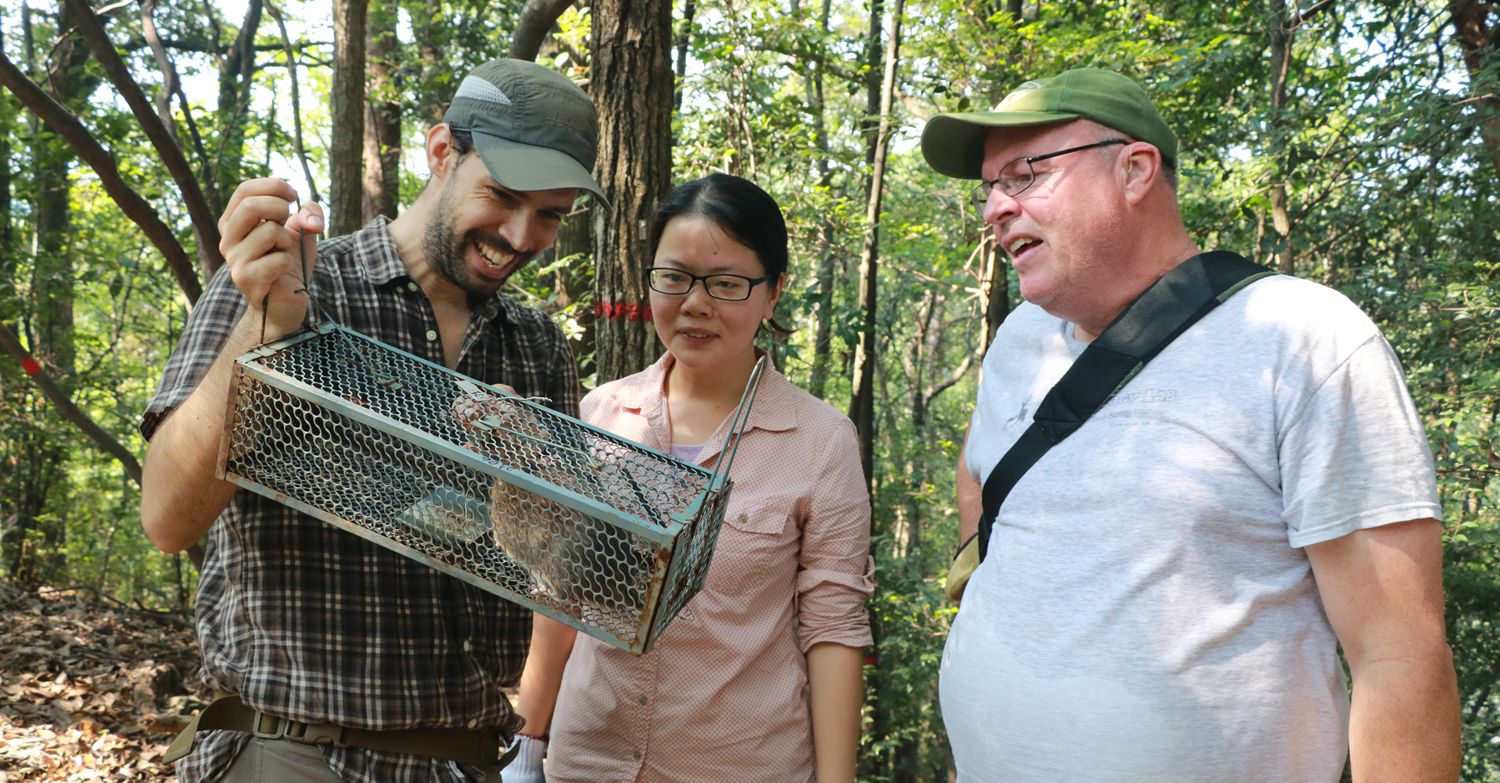


China is a mega-diverse country with great biodiversity and a high proportion of endemic species. For decades, rapid progress has been made in the studies of Chinese biodiversity science in quantity and quality.
Scientists from the Institute of Botany of the Chinese Academy of Sciences (IBCAS), together with a number of domestic and international collaborators, recently reviewed the important events and studies affecting the development of China’s biodiversity research, and discussed the limitations and key areas for future biodiversity research in China from a global perspective.
The following three aspects of research were identified for future work: biodiversity inventory and monitoring, origin and maintenance mechanisms of biodiversity and threats to biodiversity and responses to global change.
Priority topics for future biodiversity research in China, such as the ecology and biogeography of the Qinghai-Tibet Plateau and adjacent areas, the impact of human activities on subtropical forest biodiversity and marine biodiversity, and scientific support for biodiversity conservation and ecological civilization construction were also established.
China’s biodiversity science has made progress on ten topics in three areas. [Image: Institute of Botany, Chinese Academy of Sciences]
Future strategies were also proposed. They include translating advanced biodiversity science into practice for biodiversity conservation, strengthening capacity building and application of advanced technology and expanding international collaborations.
In October 2021, the 15th meeting of the Conference of the Parties to the Convention on Biological Diversity will be held in China. “It is of great significance to summarize and review the research progress of China’s biodiversity science at this time,” said Professor Ma Keping from IBCAS.
Source: Institute of Botany,
Chinese Academy of Sciences